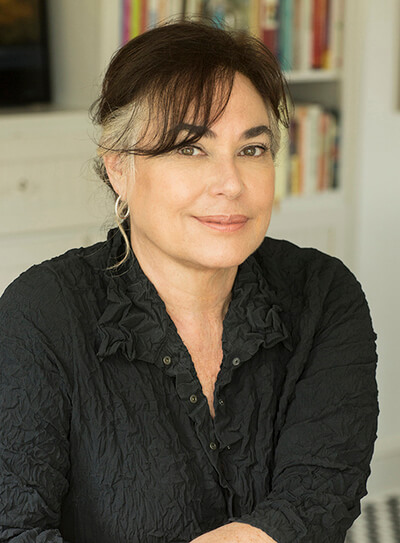There are 3,000 letters between First Lady Eleanor Roosevelt and Lorena Hickok, then a prominent female journalist, in 18 large, heavy boxes in the archives of the FDR Library in Hyde Park. I first read about the letters, written between 1932 and Eleanor Roosevelt’s death in 1962, in Blanche Wiesen Cook’s exceptional biography, Eleanor Roosevelt (Viking, 1992). She quotes from the letters generously, concluding that the two women were lovers. I went and read the letters. No wild speculation was required.
“I long to kiss the south-east corner of your lips . . . ” and
“My dear, if you meet me, may I forget there are other people present or must I behave?” and
“ . . . I went and kissed your photograph instead and tears were in my eyes. Please keep most of my heart in Washington as long as I’m here, for most of mine is with you!”
These are not the kind of things that I have ever said to just-a-friend, no matter how close. But Blanche Wiesen Cook was pilloried by other historians in 1992 for examining the facts and the letters and concluding that Eleanor Roosevelt and Lorena Hickok were not just good friends, not just in love, but lovers. Within five years, most of those historians contacted Cook privately and apologized saying, Gee, I finally read the letters. You’re right. (Oops.)
Ken Burns, a great burnisher of the Roosevelt name, is one of the last hold-outs, feeling, apparently, that although Teddy’s maniacal escapades in Africa and FDR’s numerous love affairs only brighten their images, Eleanor Roosevelt’s long love affair was just . . . tabloid gossip. His documentary on the Roosevelts aggravated me as much as his one on jazz had delighted me.
“I assume when you say a relationship you are assuming that there was a sexual relationship between Eleanor Roosevelt and Lorena Hickok. We have no evidence whatsoever of that, and none of the historians and experts believe it,” Burns said at a television critics event in September 2014. “This is an intimate [look at the Roosevelts], not a tabloid, and we just don’t know. . . . We have to be very careful because sometimes we want to read into things that aren’t there.”
And sometimes, Mr. Burns, a smoking cigar is, indeed, a smoking cigar (to paraphrase both Blanche Wiesen Cook and Sigmund Freud).
The thousands of beautifully written—and beautifully penned—letters between these two women brought them to life for me, from their early attraction to their burning passion (which both of them, as staid middle-aged ladies, found hilarious, unexpected and irresistible) to their 30-year friendship and all of its ups and downs, from feelings of neglect, to feelings of possessiveness, to cheerful gossip and the absolute unbreakable private Christmas party of two, and to their grief at the separation they both chose. Although I wish I’d seen the letters Hick had burnt (too racy, she said), the 18 boxes gave me Eleanor and Lorena, Darling and Dearest, determined, despairing, purposeful, wild and restrained, passionate and incapable of parting—and they gave me this book.
ALSO IN BOOKPAGE: Read our review of White Houses.








